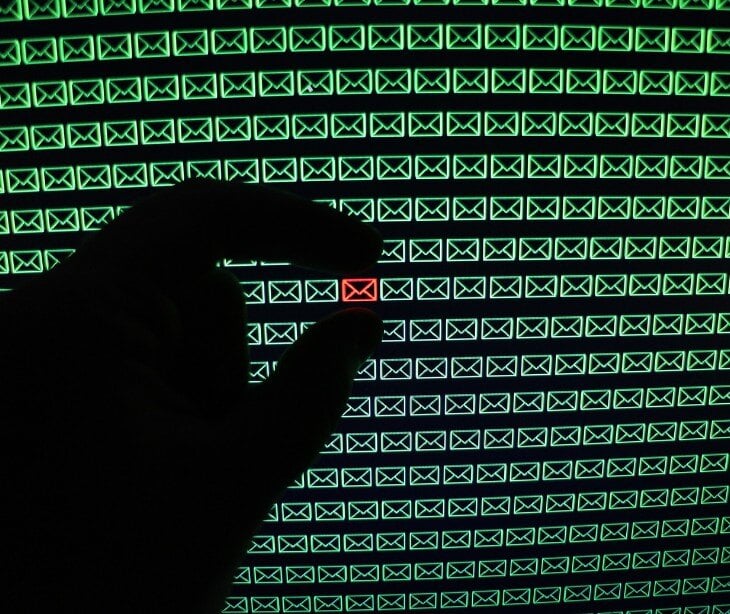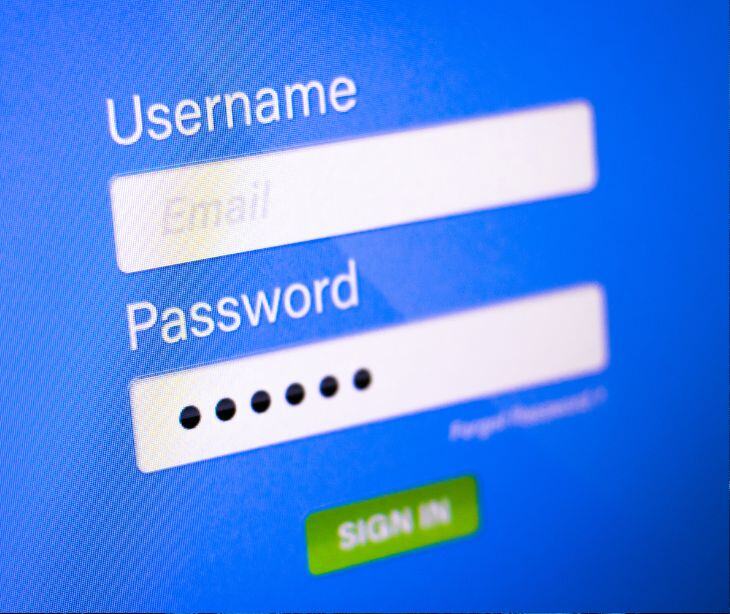3 min read
What is unauthorized access, and how can it be prevented?
Tshedimoso Makhene
July 18, 2024

Unauthorized access is when a user accesses a system, network, or data without permission. By understanding the attack methods and implementing robust preventive measures, practices can significantly reduce the risk of unauthorized access.
Understanding unauthorized access
Unauthorized access is when a person who does not have permission to connect to or use a system, network, or data gains entry in a manner unintended by the system owner. The popular term for this is "hacking.” Once a hacker enters a system, they usually steal or encrypt the data for further criminal activity.
Common sources
Unauthorized access can stem from different sources used for exploitation. Common examples include:
External hackers
External hackers are individuals or groups outside of an organization who attempt to gain unauthorized access to systems or data. They use various methods, including:
- Exploiting software vulnerabilities: Taking advantage of flaws or weaknesses in software to gain access.
- Brute force attacks: Using automated tools to guess passwords until the correct one is found.
- Credential stuffing: Using stolen credentials from one breach to attempt access on other platforms where users might have reused passwords. Recently, 10 billion passwords were leaked in RockYou2024’s largest compilation, leading to an increase in credential stuffing.
Insider threats
Insider threats come from individuals within the organization who have legitimate access to systems and data but use their access maliciously or negligently. Insider threat incidents primarily result from employee negligence, and in 2023, the average cost of an insider threat reached $15.38 million. Insider threats include:
- Disgruntled employees: Current or former employees who misuse their access to harm the organization.
- Negligent employees: Employees who unintentionally expose data or systems to unauthorized access through careless actions.
Phishing and social engineering
Phishing and social engineering attacks manipulate individuals into providing confidential information or compromising security. This includes:
- Phishing: Fraudulent emails designed to look legitimate can trick recipients into providing login credentials or clicking malicious links.
- Pretexting: Creating a fabricated scenario to persuade someone to divulge information.
- Baiting: Infecting physical media like USB drives with malware and leaving it in a place likely to be found and used.
Malware and ransomware
Malware, including ransomware, is malicious software designed to infiltrate systems, steal data, or disrupt operations. Common types include:
- Viruses and worms: Malware that spreads across systems, often causing damage or stealing information.
- Ransomware: Encrypts data and demands payment for the decryption key.
Network-based attacks
Network-based attacks target vulnerabilities in network infrastructure and protocols. Examples include:
- Man-in-the-middle (MitM) attacks: Intercepting and altering communication between two parties without their knowledge.
- Distributed denial of service (DDoS) attacks: Overwhelming a network or service with traffic to make it unavailable to legitimate users.
Physical intrusion
Unauthorized access can also occur through physical means. This includes:
- Theft of devices: Stealing laptops, smartphones, or other devices containing sensitive information.
- Unauthorized physical access: Gaining entry to secure areas to access systems or data directly.
Unsecured APIs and IoT devices
Application Programming Interfaces (APIs) and Internet of Things (IoT) devices can be vulnerable to unauthorized access if not properly secured. This includes:
- Insecure APIs: Poorly designed or implemented APIs allow attackers to exploit them to access data or systems.
- IoT devices: Internet of Things devices often have weak security measures, making them easy targets for unauthorized access.
Defending against unauthorized access
Preventing unauthorized access requires a multi-faceted approach, combining technical defenses with user education and best practices. Here are some effective strategies:
- Strong passwords: Encourage complex, unique passwords for different accounts. Passwords should include a mix of letters, numbers, and special characters. Avoid easily guessable information like birthdays or common words.
- Multi-factor authentication (MFA): Implement MFA, which requires users to provide two or more verification factors to gain access.
- Regular software updates: Ensure all software, including operating systems, applications, and antivirus programs, are regularly updated to patch vulnerabilities.
- Education and awareness: Regularly train employees and users on phishing and social engineering attacks. Teach them to recognize suspicious emails, links, and attachments, and encourage reporting suspicious activity.
- Access controls: Implement strict access controls to limit who can access sensitive information. Use the principle of least privilege, granting users only the permissions necessary for their roles.
- Network security: Use firewalls, intrusion detection/prevention systems (IDS/IPS), and secure configurations to protect networks from unauthorized access. Regularly monitor network traffic for unusual activity.
- Encryption: Encrypt sensitive data both in transit and at rest, ensuring that even if data is intercepted or accessed without authorization, it cannot be read without the encryption key.
- Regular audits and monitoring: Conduct regular security audits and continuous monitoring of systems and networks to detect and respond to unauthorized access attempts.
FAQs
What are signs that my device or account has been accessed without authorization?
- Unusual activity: Unexpected changes in account settings or unrecognized transactions, like slow performance.
- Pop-ups and ads: Frequent pop-ups or ads, even when not browsing the web.
- Unknown apps or files: New applications or files that the provider/administrator did not install.
What are some best practices for creating strong passwords?
- Length and complexity: Use at least 12 characters, including letters, numbers, and special characters.
- Avoid common words and phrases: Don't easily guessable information like “password” or “123456”.
- Passphrases: Combine unrelated words to create a memorable but secure password.
Subscribe to Paubox Weekly
Every Friday we'll bring you the most important news from Paubox. Our aim is to make you smarter, faster.



